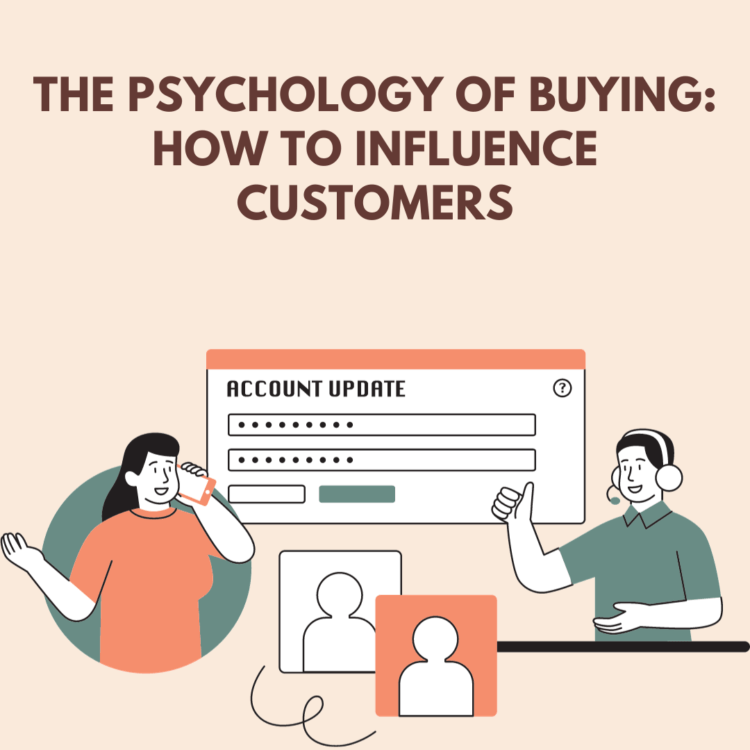Understanding the psychology of buying is crucial for influencing customers and increasing sales. There are several psychological factors and strategies that businesses can leverage to encourage consumers to make a purchase:
Emotional Appeal:
Emotions play a significant role in decision-making. Use emotional storytelling to create a connection between your product or service and the customer’s feelings. Show how your offering can solve a problem, make life easier, or bring joy.
Social Proof:
People tend to follow the crowd. Highlight customer reviews, ratings, and testimonials to demonstrate that others have had positive experiences with your product. Use phrases like “bestseller” or “most popular” to establish credibility.
Scarcity and Urgency:
Create a sense of scarcity by emphasizing limited quantities or time-bound offers. This taps into the fear of missing out (FOMO) and encourages quick decision-making.
Reciprocity:
When you provide value upfront, customers are more likely to reciprocate by making a purchase. Offer free samples, valuable content, or discounts as a way to build goodwill.
Anchoring:
Present the most expensive option first to anchor the customer’s perception of value. Then, show a slightly cheaper option, making it appear like a better deal in comparison.
The Power of Free:
Offering something for free, even if it’s a small item, can be a powerful motivator. It triggers the desire to take advantage of a no-cost opportunity.
Cognitive Dissonance:
People seek consistency in their beliefs and actions. If you can make the customer feel that your product aligns with their values or self-image, they’re more likely to buy.
Loss Aversion:
People are more afraid of losing something they have than of gaining something new. Highlight the potential loss or missed opportunity if the customer doesn’t make a purchase.
Framing:
The way you frame information can influence perception. Use positive language when describing your product’s features and benefits. For example, instead of saying “no added sugar,” say “all-natural ingredients.”
Visual Appeal:
Use high-quality images and design to make your product or service visually appealing. Aesthetic appeal can significantly impact a customer’s decision-making process.
Price Psychology:
Pricing strategies like ending prices with 9 or 99, bundling, or tiered pricing can influence how customers perceive value. Experiment with different pricing models to see what works best.
Authority:
Customers tend to trust experts or authoritative figures. Showcase endorsements, certifications, or partnerships with industry experts to build trust.
Personalization:
Tailor your marketing messages to individual customers based on their preferences, browsing history, or past purchases. Personalized recommendations can increase conversion rates.
Ease of Use:
Make the buying process as simple as possible. A complicated checkout process can deter customers. Provide multiple payment options and ensure a mobile-friendly experience.
Gamification:
Add an element of fun and competition to the buying process. Loyalty programs, rewards, and contests can engage customers and encourage repeat purchases.
Storytelling:
Share the story behind your brand or product. A compelling narrative can captivate and engage customers, making them more likely to buy from you.
Risk Reduction:
Offer guarantees, warranties, and a hassle-free return policy to reduce the perceived risk of making a purchase. This can increase customer confidence.
Customer Experience:
Provide exceptional customer service and a positive post-purchase experience. Satisfied customers are more likely to become repeat buyers and brand advocates.
Understanding these psychological principles can help you craft marketing and sales strategies that resonate with your target audience, drive sales, and build long-term customer loyalty. It’s important to continuously test and refine your approaches based on customer feedback and market trends.










No Comments
Leave Comment